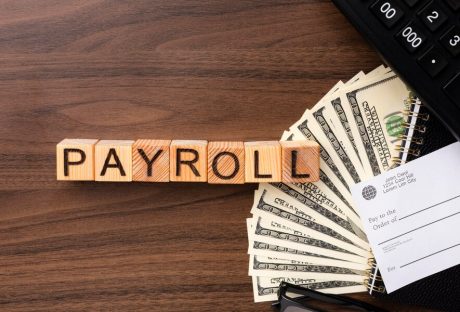Term insurance, a form of life insurance, grants a lump sum to the beneficiary after the policyholder’s demise within the policy’s term. It is one of the most cost-effective and straightforward methods to safeguard your loved one’s financial well-being in your absence. Term plan riders are optional features that you can add to your base term plan by paying a nominal extra premium.
However, term insurance may not cover all the possible risks and contingencies you may face. For example, what if you survive a critical illness or a road mishap that leaves you disabled and unable to work? What if you lose your income due to a temporary disability or unemployment? How will you pay the premiums of your term plan if you are unable to earn?
To address these gaps and enhance the coverage of your term plan, you can opt for additional benefits called term plan riders. Term plan riders provide extra protection against various eventualities.
Different Types Of Term Plan Riders
There are several types of term insurance riders that you can include in your base to improve coverage based on your specific needs. These riders usually have some common categories:
1. Rider of Accidental Death Benefit
The rider dedicated to accidental death benefit offers an extra sum assured to the beneficiary if an insured person passes away as an outcome of an accident. Further, this percentage of the additional sum is determined based on the original sum assured and can differ among insurance companies.
Some policies may impose a maximum limit on the sum assured for this rider, but the premium remains constant throughout the policy’s duration.
For example, suppose a person has taken a Rs 60 lakh term plan and included the accidental death benefit rider for an additional Rs 20 lakhs on accidental death. If the policyholder experiences an unfortunate demise, the insurance will pay Rs 60 lakhs for non-accidental death and Rs 80 lakhs for accidental death (60 + 20).
2. Accidental Total And Permanent Disability Rider
This add-on provides coverage if the policyholder becomes totally and permanently disabled because of his involvement in an accident. The disability could be loss of limbs, eyesight, speech, hearing, etc. In such a scenario, the rider pays the policyholder a certain percentage of the sum assured as regular installments or lump sum.
The benefit of this rider is that it provides economic support to the policyholder in case he cannot work and earn due to a permanent disability. Before buying this rider, it is recommended to use a term plan calculator.
3. Rider Of Critical Illness
The critical illness rider provides coverage when an insured individual gets diagnosed with any of the critical illnesses mentioned in the policy brochure, like heart attack, stroke, kidney failure, or even cancer. The rider pays a lump sum equal to the rider sum assured to the policyholder upon diagnosis of any covered illnesses. The policyholder can use this amount for treatment expenses, lifestyle changes, debt repayment, or other obligations.
4. Waiver Of Premium Rider
Such a rider waives off all the future premiums of the term plan in case the policyholder becomes disabled or critically ill and is unable to pay them. The term plan continues without interruption and provides the benefit of death to the nominee.
For example, suppose a person has taken a Rs 50 lakh term insurance policy with an annual premium of Rs 10,000 and included the premium rider waiver. If he becomes paralyzed due to an accident, he will not have to pay any more premiums for his term plan.
5. Family Income Benefit Rider
This add-on provides a regular income to the nominee. Especially in case of the death of the policyholder during the policy term. The income could be a fixed percentage of the sum assured or a fixed amount paid monthly, quarterly, or annually for a certain period.
The income benefit rider is usually offered along with the death advantage of the term plan. The rider becomes a must-have if the insured is the sole breadwinner in his family.
Conclusion
Term plan riders are a great way to customize your term insurance plan according to your specific needs and preferences. They provide extra protection and peace of mind to you and your family in case of unforeseen events.
However, you should thoroughly analyze the various types of term plan riders available in India. Further, choose the ones you can afford. You should also read the policy document carefully. Make sure to understand each rider’s terms and conditions, exclusions, and limitations before opting for them.
Term plan riders can assist you in making your term insurance plan more comprehensive and effective. So, don’t wait any longer and add the best term plan riders to your term plan today!
Read Also:






















